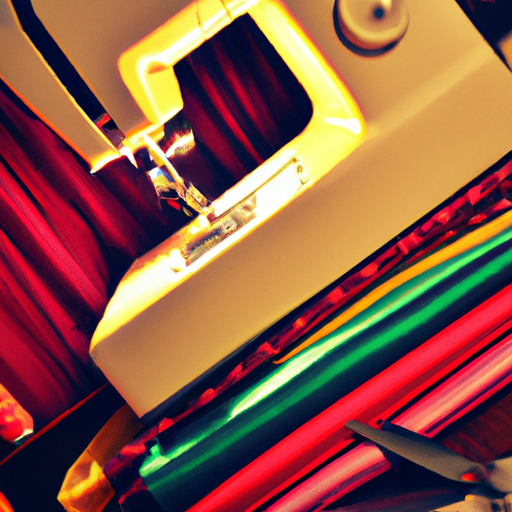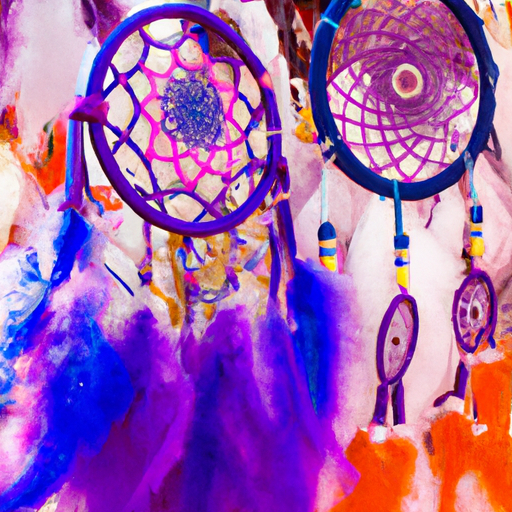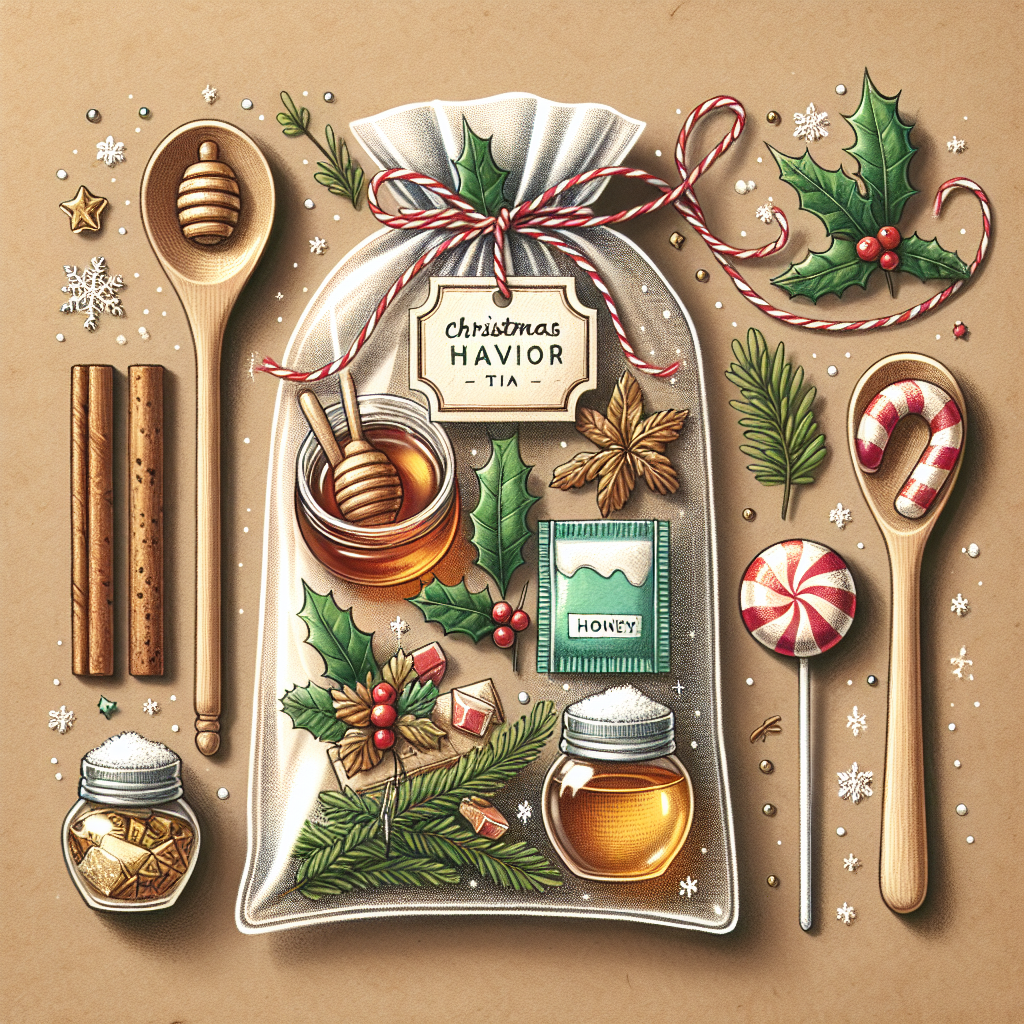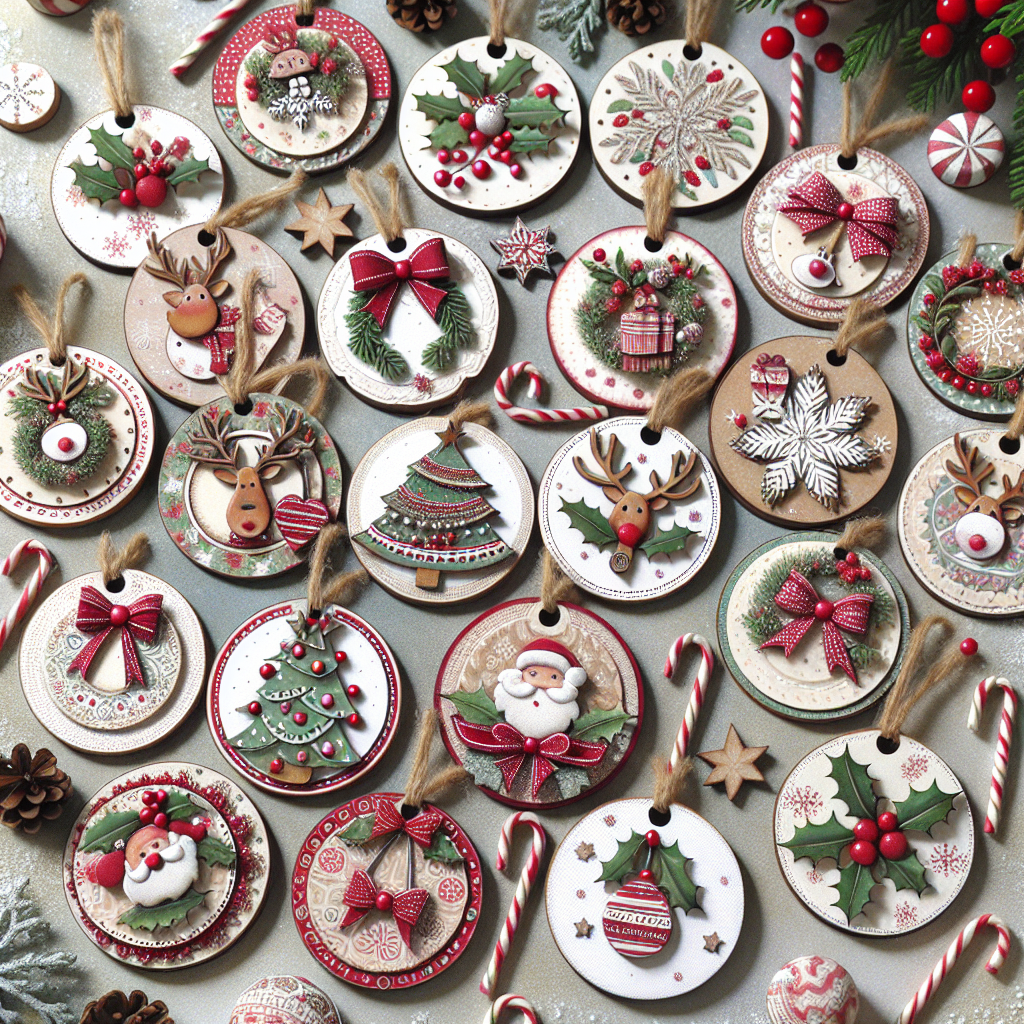Are you looking to streamline your sewing process and build up your inventory for craft fairs? Check out a video by fiercekittenz that offers valuable tips and tricks for production sewing. Learn how to speed up your sewing process and create multiple items at once. Discover how to determine what items to make based on your audience and available materials. Plus, get introduced to Inventora, an application that helps manage materials and product inventory. The video tutorial also demonstrates how Inventora can track materials, costs, and inventory levels, making it easier for you to stay organized. If you’re ready to boost your productivity and build up your inventory, be sure to watch this helpful video.
In this informative video by fiercekittenz, you’ll learn valuable tips and tricks for production sewing and building inventory for craft fairs. Discover how to speed up your process and create multiple items at once. The speaker shares their insights on choosing the right products to make based on your audience and available materials. They also introduce Inventora, a handy application for managing materials and product inventory. See how Inventora can help you track your materials, costs, and inventory levels effectively. If you’re ready to take your inventory building to the next level, this video is a must-watch!
Determining What Items to Make
When it comes to production sewing and building inventory for craft fairs, it is important to determine what items to make before diving into the sewing process. One key factor to consider is the target audience. Think about who will be attending the craft fair and what items they would be interested in purchasing. For example, if you are attending a local farmers market, wristlets might be a popular choice.
Another aspect to consider is the available materials. Take stock of what materials you have on hand and evaluate if you have enough to create the desired quantity of items. This includes fabric, interfacing, straps, and other necessary components. It is helpful to have a system in place for tracking your materials and inventory, such as utilizing an application like Inventora.
Researching popular trends is also essential in determining what items to make. Stay up to date with current fashion and home decor trends to ensure that your products align with what customers are looking for. This can help increase the likelihood of sales and attract more customers to your booth at the craft fair.
Additionally, analyzing past sales data can provide valuable insights into what items have sold well in the past. Look at which products have been popular with customers and consider making more of those items for your inventory. This can help guide your decision-making process and increase the chances of successful sales at craft fairs.
Managing Materials and Inventory with Inventora
Inventora is a helpful tool for managing materials and inventory when it comes to production sewing and building inventory for craft fairs. It provides an efficient and organized way to keep track of all your materials and products.
By using Inventora, you can easily track your materials and ensure that you have everything you need to create your products. The application allows you to input all the necessary materials for each item, along with their respective quantities. You can categorize and organize your materials library, making it easy to view what you have in stock and what you may need to order.
One of the benefits of using Inventora is that it calculates material costs and provides a breakdown of the total cost for each product. This can be extremely useful when determining pricing and profit margins for your items. It takes the guesswork out of calculating costs manually and provides accurate and up-to-date information.
Another feature of Inventora is its ability to monitor inventory levels. As you create products and use materials, Inventora automatically updates your stock levels. This allows you to always be aware of how much material you have left and if you need to restock certain items. Having real-time inventory tracking helps prevent running out of materials when you need them the most.
Overall, Inventora is a valuable tool for managing materials and inventory in a production sewing setting. It streamlines the process, helps with cost management, and ensures that you have the necessary materials on hand for your craft fair inventory.
Streamlining the Sewing Process
When it comes to production sewing, streamlining the sewing process is essential for efficiency and productivity. By implementing a few tips and tricks, you can speed up the process and create multiple items at once.
One helpful strategy is to create a materials list for each product you are making. This list should include all the necessary materials and components needed to create the item. By having a clear and organized list, you can easily gather all the materials before beginning the sewing process, saving time and preventing interruptions.
Updating stock levels based on the materials list is another important step in streamlining the process. As you use materials to create products, it is crucial to decrease the stock levels accordingly. By keeping track of stock levels in real-time, you can stay on top of inventory management and avoid running out of materials when you need them.
Utilizing a stock tracking system, such as Inventora, can greatly aid in managing stock levels and materials. Such applications allow you to input your stock quantities and automatically update them as you create products. This eliminates the need to manually track stock levels and reduces the chances of errors.
Setting alerts for low stock items is another helpful strategy to streamline the sewing process. By setting alerts, you will be notified when certain materials are running low, giving you ample time to restock before you run out. This prevents delays in production and ensures that you always have the necessary materials on hand.
To speed up the cutting process, consider using acrylic templates or craft cutters. Acrylic templates are pre-cut shapes that can be used as guides for cutting fabric pieces. Craft cutters, such as the Cricket, Silhouette, or Scan and Cut, are machines that can cut multiple fabric pieces at once. These tools can significantly reduce cutting time and increase efficiency.
Another time-saving technique is to utilize scrap interfacing effectively. Instead of cutting brand new pieces of interfacing for every product, use scraps that are already the right size and shape. This minimizes waste and saves time and effort.
When sewing multiple items, use a continuous sewing technique with a leader fabric. This means sewing each item without backstitching or cutting the thread between pieces. By using a leader fabric, you can save time and avoid unnecessary thread changes.
Lastly, ensure that you have sufficient bobbins for production line sewing. Having extra bobbins ready to go prevents the need to stop and wind bobbins during the sewing process. This keeps the workflow smooth and uninterrupted.
Building Inventory for Craft Fairs
Building inventory for craft fairs requires careful planning and organization. Here are some tips to help you effectively build up your inventory and meet the demands of craft fairs.
First, estimate the number of products needed for the craft fair. Consider factors such as the duration of the fair, expected foot traffic, and the popularity of your items. This estimation will serve as a guide for your production schedule.
Once you have estimated the number of products needed, plan your production schedule accordingly. Allocate designated time for sewing and ensure that you have enough time to create the desired quantity of items. It may be helpful to break down the production process into smaller tasks and create a timeline to stay on track.
Consider outsourcing or collaborating if you anticipate a large demand for your products. If you are unable to create the necessary quantity of items on your own, reaching out to other sewists or considering outsourcing can help meet the demand. Collaboration can also provide an opportunity to diversify your product offerings and attract a wider customer base.
Prioritize popular and high-demand items when building inventory. Analyze past sales data and customer preferences to determine which items are most likely to sell well at the craft fair. Focus on creating these items in larger quantities to maximize your sales potential.
Be prepared for unexpected sales spikes. Craft fairs can be unpredictable, and it is not uncommon to experience sudden rushes of customers. Have a contingency plan in place, such as having extra stock readily available or being able to restock quickly during the event if necessary.
Maintain consistent quality control throughout the production process. Pay attention to details, such as stitching, finishing, and overall product quality. Consistency in quality will help build a positive reputation and encourage repeat customers.
Label and organize finished products to streamline the setup process at the craft fair. Clearly labeling each item with relevant information, such as pricing and product details, will make it easier for customers to browse and make purchases. Organize products by type or category to create an aesthetically pleasing and easy-to-navigate display.
Stay organized with storage solutions for your inventory. Invest in bins, shelves, or hanging racks to keep your products neatly stored and easily accessible. Staying organized will save you time and effort when setting up your booth at the craft fair.
Lastly, track sales and inventory in real-time during the craft fair. Use a system, like Inventora, to keep track of sales, restocks, and overall inventory levels. This information will help you make data-driven decisions and adjust your inventory strategy if needed.
By following these tips, you can effectively build up your inventory for craft fairs and ensure a successful event.
Conclusion
In conclusion, production sewing and building inventory for craft fairs can be a rewarding and profitable endeavor. By determining what items to make based on target audience, available materials, popular trends, and past sales data, you can increase your chances of success.
Managing materials and inventory becomes seamless with the help of tools like Inventora. Tracking materials, managing costs, and monitoring inventory levels become much more efficient and accurate.
Streamlining the sewing process through careful planning and utilization of various techniques like creating materials lists, utilizing stock tracking systems, optimizing cutting with templates and craft cutters, and using time-saving methods like continuous sewing and scrap interfacing can significantly increase productivity and efficiency.
Building inventory for craft fairs requires strategic planning, careful estimation, prioritizing popular items, and maintaining consistent quality control. Being prepared for unexpected sales spikes and staying organized with storage solutions will help ensure a successful event.
By implementing these tips and strategies, you can streamline your production sewing process, build up a desirable inventory, and have a successful experience at craft fairs. Good luck!



